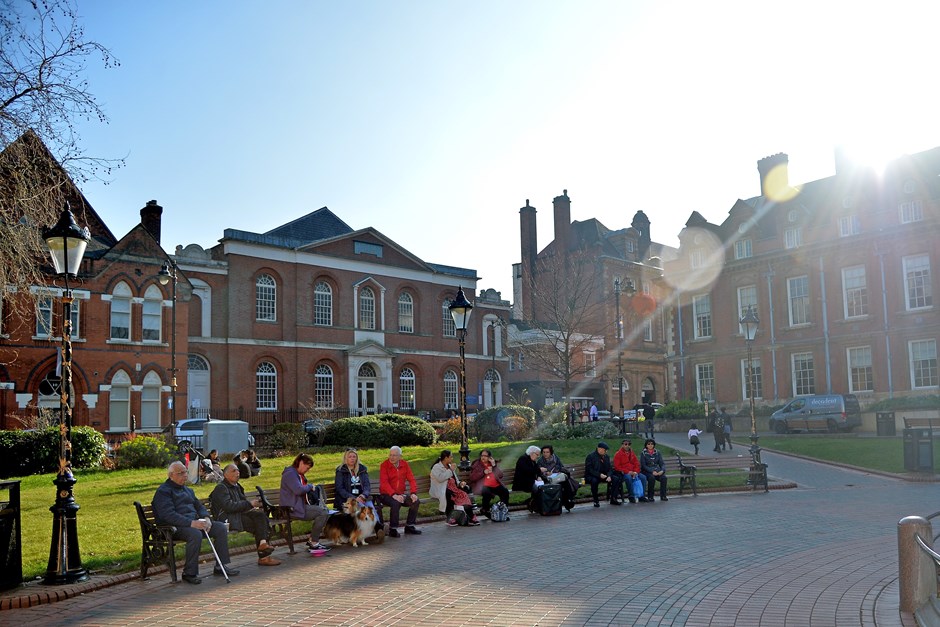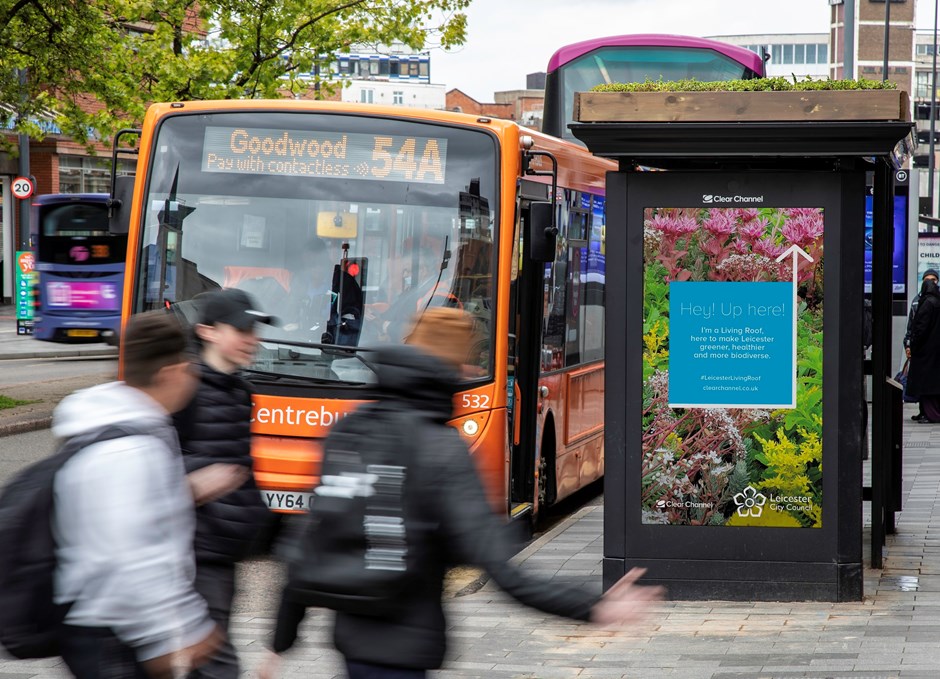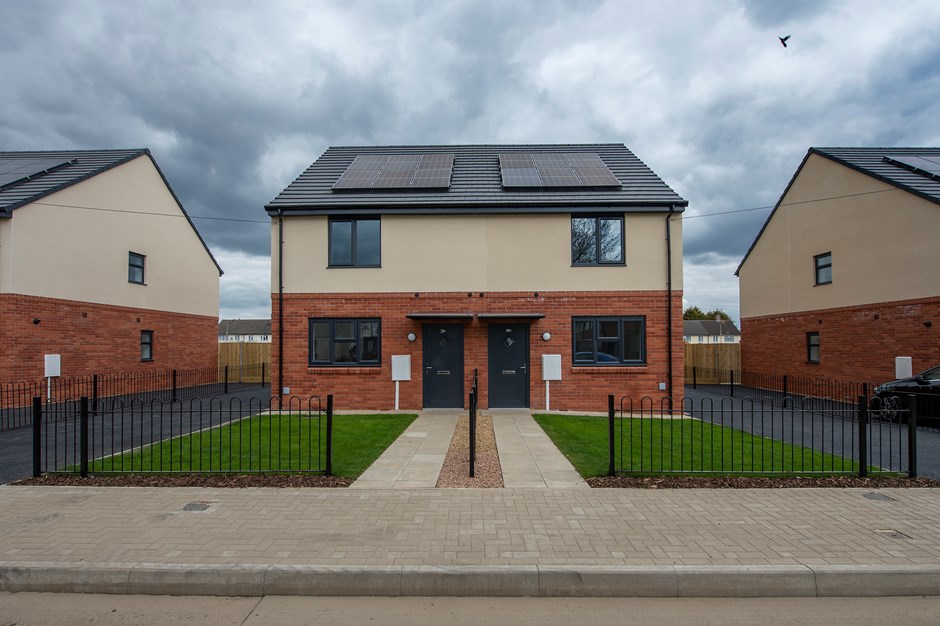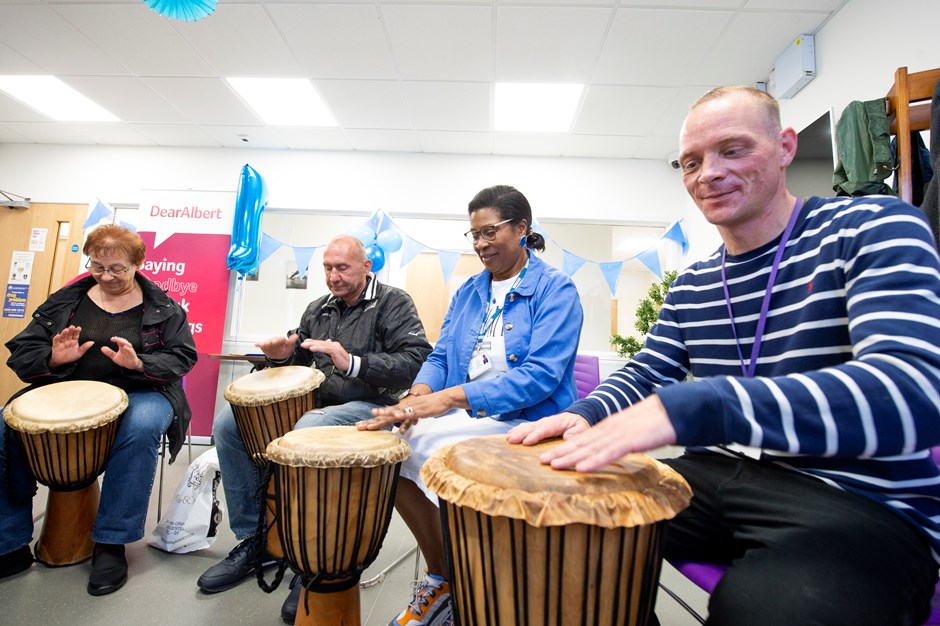Leicester's Care, Health and Wellbeing Strategy 2022-2027
Theme 1: Healthy Places
Ambition: To make Leicester the healthiest possible environment in which to live and work

A healthy Leicester promotes good health and alleviates and prevents health inequalities. It has green and open spaces, leisure facilities, libraries and museums. The air is clean, fit to breathe, there are low levels of unemployment and insecure work, and homes are of a decent standard. There are good choices with easy access to healthy food and opportunities to exercise regularly and travel by bike or on foot.
A healthy place offers a sense of community, safety and inclusiveness
Leicester has a number of parks and open spaces; work is going on to regenerate areas of the city and make these more pedestrian friendly; people continue to use our leisure centres, libraries and museums. However, these facilities are not necessarily equally accessible to all communities throughout the city.
Our environment has an impact on our quality of life, our health and our life expectancy
People living in environments with increased air and noise pollution with little to no green space, or who are working in low-paid, insecure occupations with few opportunities for social mobility, are those who generally have poorer health and lower than average life expectancy.
Key issues that we know affect the local environment in Leicester, with examples of what we are doing to improve people’s opportunities of living a healthy life

Air quality and transport
Half of Leicester’s residents are concerned about air quality. Motor vehicles are the greatest contributor to air pollution in the city. With less people driving during the pandemic, the air quality in Leicester improved.
We are- promoting the health benefits of sustainable transport, such as cycling and walking
- improving air quality by working with transport sectors to reduce their impact on the environment.
We are endeavouring to keep the clean air levels that were reached when fewer vehicles were on the road during the pandemic, through supporting work towards the city becoming carbon neutral.

Health and care services
Leicester’s people often have to tell their story more than once to different health and care agencies. COVID-19 has impacted access to health and care services and waiting lists for diagnosis and treatment have increased.
We are
- improving digital access to care and optimising function through new models of integrated care.
- working at a neighbourhood level in new partnership ways to provide a seamless experience when residents are talking to services.

Housing and the built environment
One in five households in Leicester are overcrowded, rising to two in five if they have children. With people spending more time working from home, it is even more important that housing is of good quality. Furthermore, the fuel poverty rate in Leicester is among the highest in England.
We are ensuring all local authority housing meets decent home standards. By maintaining and improving housing in the public and private sectors we are helping to ensure all properties are safe, healthy places to live in.

Mental health
It is estimated that between 34,000-38,0000 people in Leicester live with a common mental health problem such as depression or anxiety. COVID-19 has further exacerbated mental health and wellbeing problems in our population.
We are offering facilities where communities can come together to take part in a wide range of social and cultural activities to benefit their mental and physical wellbeing.